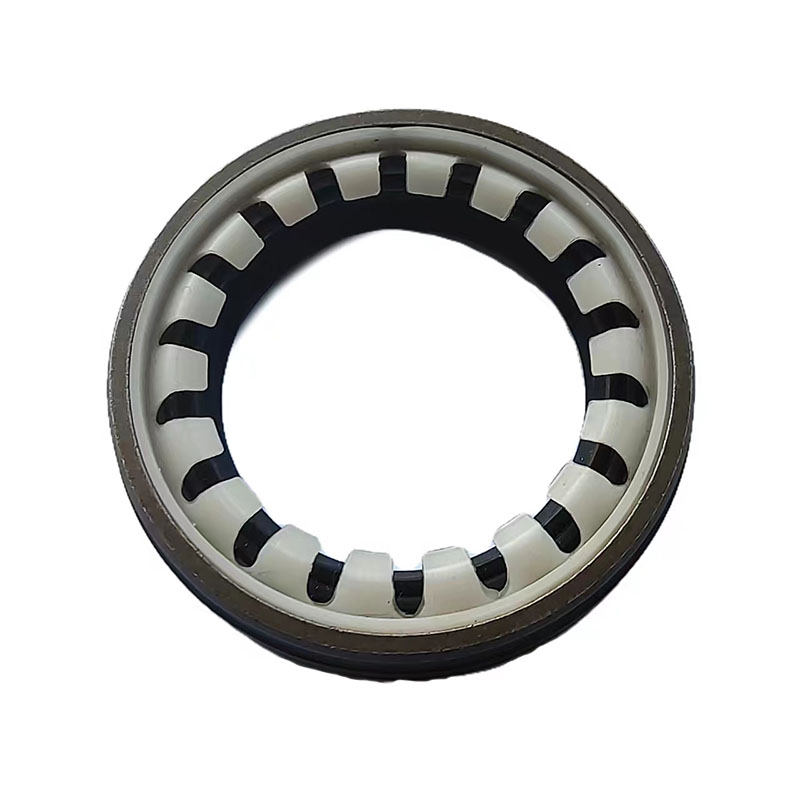dt466 oil rail gasket
Understanding the Importance of the DT466 Oil Rail Gasket
The DT466 engine, developed by International Harvester, has earned a reputation for its durability and reliability in a variety of applications, including medium-duty trucks and school buses. A critical component of this engine is the oil rail gasket, a seemingly small yet crucial element that ensures the proper functioning of the engine’s oil management system. In this article, we will explore the purpose, functionality, and maintenance of the DT466 oil rail gasket, along with some common issues associated with it.
What is the Oil Rail Gasket?
The oil rail gasket is a sealing component located on the oil rail of the DT466 engine. It acts as a barrier to prevent oil leakage from the oil rail into the external environment. The oil rail is responsible for delivering oil to various engine components, ensuring that they are lubricated effectively. This lubrication is essential for reducing friction and wear, maintaining optimal engine performance, and extending the engine's lifespan.
Purpose and Functionality
The primary purpose of the oil rail gasket is to create a tight seal between the oil rail and the engine block. If this seal is compromised due to wear, age, or improper installation, it can lead to oil leaks. When oil leaks from the oil rail, it not only diminishes the engine’s lubrication capacity but can also result in significant damage to the engine if left unaddressed.
Additionally, a properly sealed oil rail gasket helps maintain the appropriate oil pressure within the engine. Oil pressure is crucial for ensuring that engine components receive adequate lubrication at all times, which minimizes the risk of overheating and potential seizure.
Signs of a Failing Oil Rail Gasket
Over time, the oil rail gasket may wear out due to heat cycles, exposure to engine oil, and other environmental factors. Here are some common signs indicating that the oil rail gasket may need to be inspected or replaced
dt466 oil rail gasket

1. Oil Leaks The most apparent sign of a failing gasket is visible oil leakage. If you notice oil pooling under the engine or along the oil rail, it could be a sign of a compromised gasket.
3. Oil Pressure Issues Fluctuating or low oil pressure readings can be a warning sign that there is a problem with the oil rail gasket.
4. Engine Warning Lights If the oil pressure warning light on your dashboard illuminates, it could signal an issue with the oil delivery system, including potential gasket failure.
Maintenance and Replacement
Regular maintenance of the DT466 engine can help prolong the life of the oil rail gasket. This includes routine oil changes, engine inspections, and monitoring for any signs of leakage or pressure issues.
If a gasket replacement is necessary, it is crucial to use high-quality OEM or aftermarket gaskets specifically designed for the DT466 engine. Proper installation following manufacturer specifications is vital to ensure an effective seal and to prevent future leaks.
Conclusion
In summary, the DT466 oil rail gasket plays a fundamental role in maintaining the engine's performance and longevity. Understanding its function and keeping an eye out for potential signs of failure can help prevent serious engine issues. By prioritizing regular maintenance and ensuring timely repairs, operators can safeguard the integrity of their DT466 engines and avoid costly repair bills down the line. Whether you're a fleet manager or a DIY mechanic, keeping the oil rail gasket in optimal condition should be a key part of your engine maintenance strategy.
-
Simplifying Oil Changes: A Comprehensive Guide to Oil Drain Plugs and Their Variants
News Aug.04,2025
-
Mastering Oil Drain Maintenance: Solutions for Stripped, Worn, and Upgraded Oil Plugs
News Aug.04,2025
-
Fixing Oil Pan Plug Issues: Leaks, Stripped Nuts, and the Right Replacement Solutions
News Aug.04,2025
-
Everything You Need to Know About Oil Drain Plugs: Sizes, Fixes, and Upgrades
News Aug.04,2025
-
Choosing the Right Oil Drain Plug: A Guide to Sizes, Materials, and Drain Innovations
News Aug.04,2025
-
A Complete Guide to Automotive Drain Plugs: Types, Problems, and Innovative Solutions
News Aug.04,2025
-
The Ultimate Guide to Car Repair Kits: Tools and Essentials Every Driver Should Own
News Aug.01,2025
Products categories















